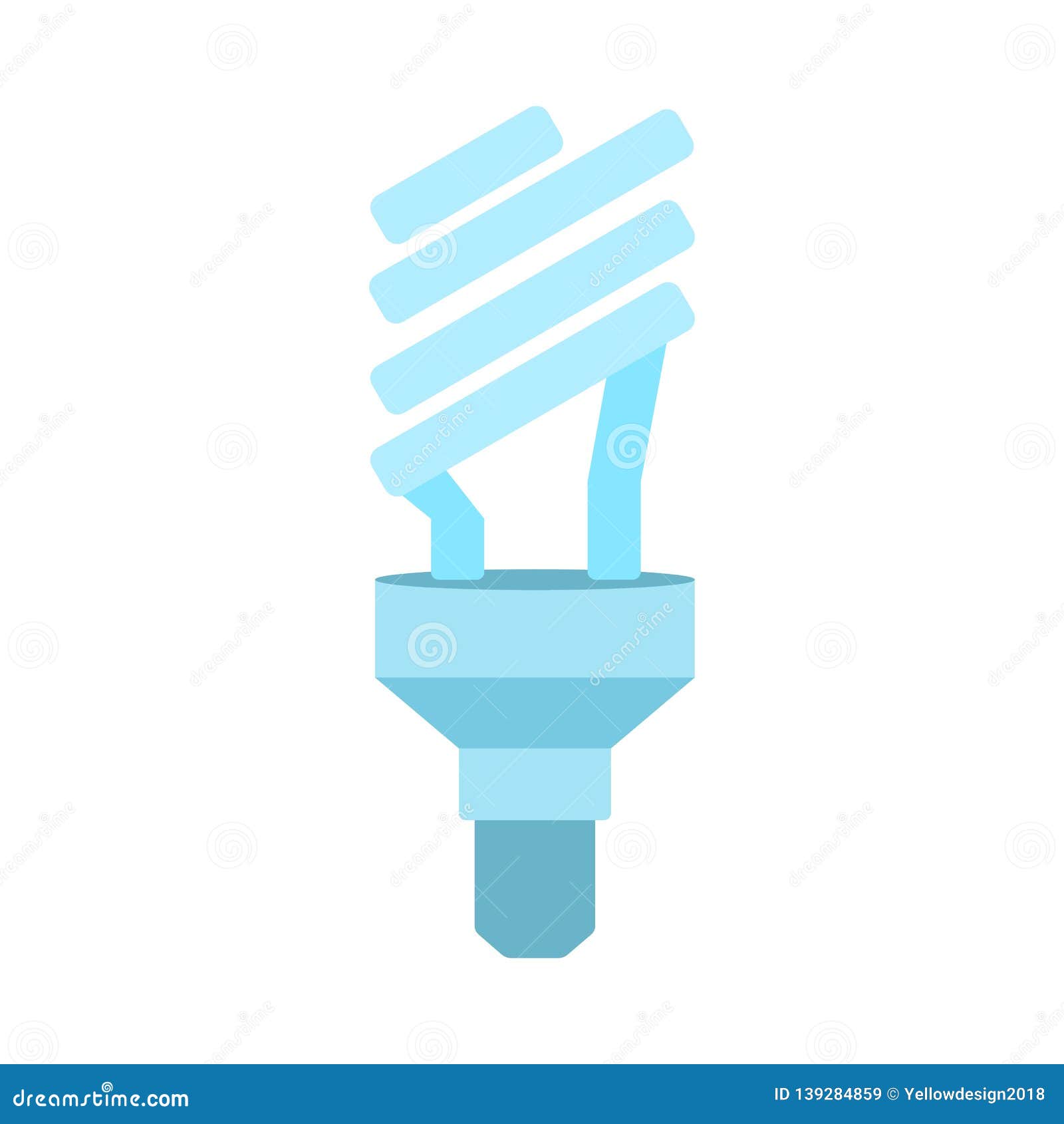
Learn about the major environmental problems facing our planet and what can be done about them!

Saving Earth Britannica Presents Earth’s To-Do List for the 21st Century.Britannica Beyond We’ve created a new place where questions are at the center of learning.100 Women Britannica celebrates the centennial of the Nineteenth Amendment, highlighting suffragists and history-making politicians.
#Halogen symbol how to
COVID-19 Portal While this global health crisis continues to evolve, it can be useful to look to past pandemics to better understand how to respond today. Student Portal Britannica is the ultimate student resource for key school subjects like history, government, literature, and more. From tech to household and wellness products.  Britannica Explains In these videos, Britannica explains a variety of topics and answers frequently asked questions. This Time in History In these videos, find out what happened this month (or any month!) in history. #WTFact Videos In #WTFact Britannica shares some of the most bizarre facts we can find. Demystified Videos In Demystified, Britannica has all the answers to your burning questions. Britannica Classics Check out these retro videos from Encyclopedia Britannica’s archives. If damp blue litmus paper is used, the paper turns red then white. Chemical test for chlorineĭamp litmus paper is bleached white when it is placed in chlorine. A little hydrogen astatide should form, which should dissolve in water to form an acidic solution. Use the information to predict the reaction of astatine with hydrogen.Īstatine should react very slowly with hydrogen, even when heated. Very slow reaction when heated strongly, forming some hydrogen iodideĪstatine is placed below iodine in group 7. Vigorous reaction with burning hydrogen, forming hydrogen bromide HalogenĮxplodes in the cold and dark, forming hydrogen fluorideĮxplodes with a flame or in sunlight, forming hydrogen chloride The table describes what is seen when halogens react with hydrogen. Hydrogen chloride dissolves in water to produce hydrochloric acid, HCl(aq). They dissolve in water to produce acidic solutions. The hydrogen halides are gases at room temperature. For example, chlorine reacts with hydrogen: The halogens react with hydrogen to produce compounds called hydrogen halides. Reveal answerĢFe(s) + 3Cl 2 (g) → 2FeCl 3 (s) Reactions with hydrogen Write a balanced equation for the reaction of iron with chlorine to produce solid iron(III) chloride,įeCl 3.
Britannica Explains In these videos, Britannica explains a variety of topics and answers frequently asked questions. This Time in History In these videos, find out what happened this month (or any month!) in history. #WTFact Videos In #WTFact Britannica shares some of the most bizarre facts we can find. Demystified Videos In Demystified, Britannica has all the answers to your burning questions. Britannica Classics Check out these retro videos from Encyclopedia Britannica’s archives. If damp blue litmus paper is used, the paper turns red then white. Chemical test for chlorineĭamp litmus paper is bleached white when it is placed in chlorine. A little hydrogen astatide should form, which should dissolve in water to form an acidic solution. Use the information to predict the reaction of astatine with hydrogen.Īstatine should react very slowly with hydrogen, even when heated. Very slow reaction when heated strongly, forming some hydrogen iodideĪstatine is placed below iodine in group 7. Vigorous reaction with burning hydrogen, forming hydrogen bromide HalogenĮxplodes in the cold and dark, forming hydrogen fluorideĮxplodes with a flame or in sunlight, forming hydrogen chloride The table describes what is seen when halogens react with hydrogen. Hydrogen chloride dissolves in water to produce hydrochloric acid, HCl(aq). They dissolve in water to produce acidic solutions. The hydrogen halides are gases at room temperature. For example, chlorine reacts with hydrogen: The halogens react with hydrogen to produce compounds called hydrogen halides. Reveal answerĢFe(s) + 3Cl 2 (g) → 2FeCl 3 (s) Reactions with hydrogen Write a balanced equation for the reaction of iron with chlorine to produce solid iron(III) chloride,įeCl 3. 
Hot iron wool reacts slowly in iodine vapour to produce grey iron(II) iodide Hot iron wool burns quickly to produce red-brown iron(III) bromide Hot iron wool burns vigorously to produce orange-brown iron(III) chloride HalogenĬold iron wool burns to produce white iron(III) fluoride The table describes what is seen when halogens react with iron wool. The halogens become less reactive going down group 7. Sodium and chlorine react vigorously when heated, giving an orange flame and clouds of white For example, chlorine reacts with sodium: The halogens react with metals to produce salts (the word 'halogen' means 'salt former'). This means that the halogens all have similar chemical properties. Atoms of group 7 elements all have seven electrons in their outer shell.






 0 kommentar(er)
0 kommentar(er)
